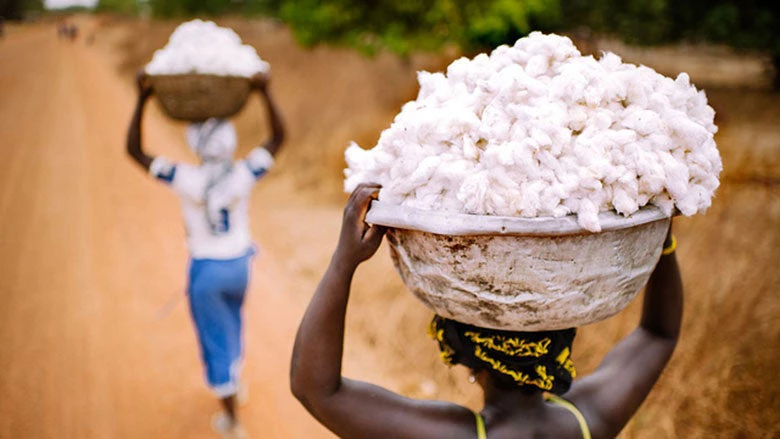
Over the years, studies from Asia to Sub-Saharan Africa have clearly documented large gaps between how productive men and women are in agriculture. Female farmers continue to be worse off, which is a worrisome trend given that in most developing country regions, women are just as – or even more – likely to be employed in agriculture. Though the reasons why this is the case are context-specific, across the six countries profiled in the Africa Gender Innovation Lab’s 2014 Levelling the Field Report, labor posed the main barrier to achieving equality in productivity.
In preparation for an upcoming impact evaluation on the distribution of ploughing equipment to cotton farmers in northern Côte d’Ivoire, we set out to understand which productivity constraints female farmers face in this region, why they face them, and what can be done about them. We conducted focus groups with cotton farmers, interviews with cotton institution representatives, and analyzed existing quantitative data to put numbers to our qualitative findings to figure out which of the trends we observed hold at the regional and national level.
Unsurprisingly in our newest policy brief Time and money: a study of labor constraints for female cotton producers in Cote d'Ivoire, we find that female farmers use less labor. When comparing women and men with similar sized plots and households, Ivorian women farmers use around 11% less labor than men. This gap is a whopping 35% in the cotton-growing regions in the north of the country.
Why is this the case? The short answer is time and money. While female farmers’ lack of cash has been documented before, time constraints also emerged as a key driver of the gender gap. One effect of this – highlighted in our brief – is that women’s time constraints limit their participation in the farmer labor-exchange groups that could help them overcome their cash constraints.
Underlying this is, as always, gender norms. For example, because men are seen as the “breadwinners”, households prioritize male needs for farming inputs over women’s. Since cotton needs to be planted and harvested in short specific windows of time, sometimes households don’t get around to tending to women’s cotton. Or they do – but with a delay, which means the quality of the cotton deteriorates and women earn less when they sell it.
What can we do about it? To address the money problem, policymakers could simply give cash – an increasingly popular policy lever in many developing countries. At the same time, we need to be careful of unintended effects of giving women cash to hire workers. For example, given sticky labor markets in villages, husbands could find themselves with less laborers available – and ask their wives or children to fill the shortfall.
To make sure that labor financing has sustainable impacts, we need to engage husbands – and men generally - in the effort to boost women’s productivity. One program that does this is a couples’ agricultural extension training we piloted last summer as part of the Côte d’Ivoire Agricultural Support Project. We re-branded the existing agricultural training as a joint activity, offered gender sensitization, and helped couples plan across the crop cycle - all the way from how to divide up labor needs for planting to how the crop income would ultimately be shared.
This is only one example of a program that the Africa Gender Innovation Lab is working with on several fronts to figure out how to best improve women’s access to labor – and close the gender gap in agriculture. If you are working on this too, consider applying to our new call for proposals and partnering with us!



Join the Conversation